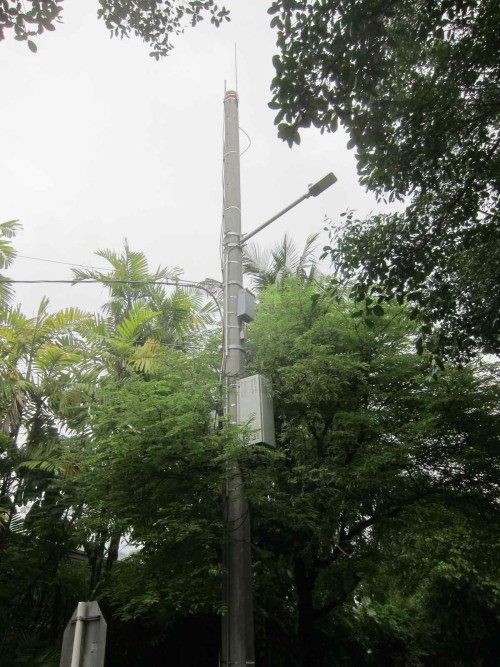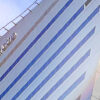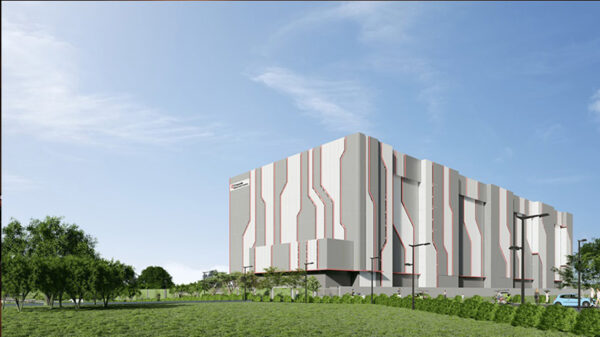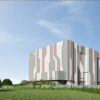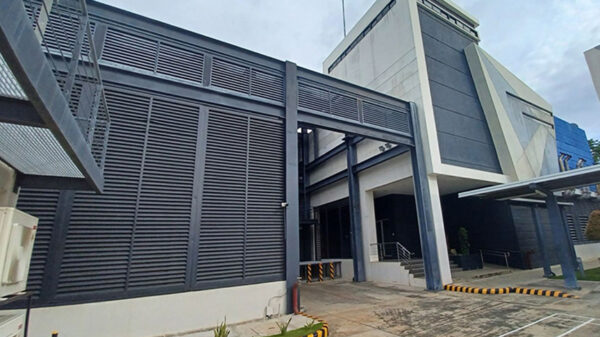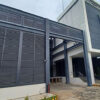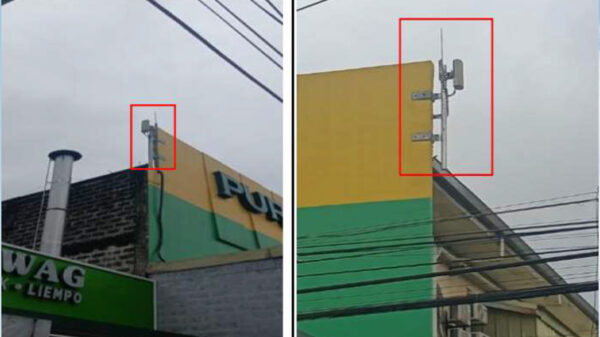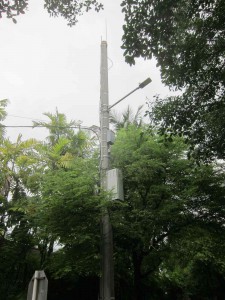
Globe Telecom is the only telecommunications service provider in the country to utilize outdoor distributed antenna system (ODAS) solution, which provides stronger mobile phone signals minus the towering cell sites. Photo shows an actual ODAS deployed in an exclusive subdivision in Metro Manila.
Radio frequency signals coming from cell sites do not pose any adverse health effects, according to Globe Telecom, citing studies conducted by the World Health Organization (WHO).
According to Emmanuel Estrada, Globe Head of Network Technologies Strategy, radio frequency signals coming from cell sites are classified as non-ionizing. Other low frequency devices that emit non-ionizing radio signals include transistor radios, microwave ovens and baby monitors.
On the other hand, ionizing radiations are those that have higher risk of adverse health risks that include x-rays, ultraviolet rays, gamma rays, which can break the chemical bonds in DNA.
“Based on studies conducted by WHO, the world’s most trusted authority in health issues, there is no convincing scientific evidence that the weak radiofrequency signals from cell sites or base stations and wireless networks cause adverse health effects,” Estrada emphasized.
In recent years, the widespread use of cell phones has led to construction of cell phone towers or base stations in key areas. Cell sites, which could be free-standing towers or mounted on existing structures, receive and transmit radio frequency signals. When people use their mobile phones, signals are transmitted back and forth to the cell sites and the radio frequency signals produced by the cell sites are emitted to the environment, exposing people to these radio frequency waves.
Still, the radio frequency waves coming from cell phone tower antenna are mostly emitted towards the environment and are parallel to the ground, which means that the level of exposure to radio waves at ground level is very low compared to the level close to the antenna. Also, the energy coming from cell phone antennas is much lower when compared to those coming from radio and television broadcast stations.
According to Estrada, the energy coming from cell sites are at least 1,000 times lower than the power coming from broadcast transmitters. In addition, signals coming from cell sites are transmitted intermittently, rather than constantly, he said.
When compared to health risk associated with cellphones, exposure to radio frequency radiation coming from rooftop or tower-mounted mobile phone base stations are lower by more than five orders of magnitude that those coming from basic handsets, he said.
Citing a finding made by the International Agency for Research on Cancer, cellphones emit the most radiation when they are attempting to connect to cellular towers. “A moving phone or a phone in an area with a weak signal, has to work harder, giving off more radiation,” he said, citing conclusions made by IARC.




















































































